Roland Juno-X is a new hardware ZEN-Core Synthesizer that is built on the Juno legacy featuring a souped-up all-digital engine.
The ZEN-Core is Roland’s current Synthesizer engine, initially launched in 2019 and that can be found in many products (Jupiter-X/Xm, Fantom series, MC-707…) The engine brings Roland’s iconic sounds into the modern. It consists of a mixture of modeled vintage synthesizers (SH-101, Jupiter-8, Juno…) using the ABM technology and PCM-based sounds.
Just last week the Jupiter-X/Xm got its own exclusive engine with the free firmware 3.0 update. And today, the X journey continues with the Juno-X, a new digital polyphonic Synthesizer.
Roland Juno-X
Juno-X follows the same path as the Jupiter-X introduced in 2019. It uses various pre-installed Model engines and PCM sample content that are expandable via the Roland Cloud. Immediately noticeable is the interface that has been taken over from the legendary Juno Synthesizer. An interface that lives from its simplicity. Roland has expanded this here with more controls to give users control over the other sections of the engine.
It evokes the most beautiful vintage synth memories. Everything is implemented very clearly, directly understandable, and hands-on. Something that is only partially the case with the Jupiter-X/Xm.
The heart of the Juno-X is the ZEN-Core engine that consists here of 4 playing parts and 1 rhythm part. The four keyboard parts feature the Juno-60 and Juno-106 model synths, the PCM-based XV-5080, the acoustics pianos from the RD series, and an expressive vocoder. Plus support for other Modal expansions including Jupiter-8, SH-101…
The highlight is the new Juno-X engine. It is based on the Juno legacy with the same beloved features but enhanced with new functionalities including a Super Saw waveform, velocity sensitivity, pitch envelope,… and the three iconic chorus modes. Additionally, you can boost up the sound content with the separately available wave expansions, sound packs, sample packs from the Roland Cloud.
You can explore with over 4000 preset tones and 256 user tones for creating your own sounds. You get 10 free sound packs from the Roland Cloud library with a purchase of the hardware and it provides integrated support for Roland Cloud Connect.
The synth also features all 93 ZEN-Core-based effects processors including reverbs, chorus, delays, compressors, EQ… for refining your sounds. In total, you can create and store up to 256 scenes in the hardware.
i-Arpeggio
Also onboard is the inspiring AI-driven i-Arpeggio, which initially premiered in the Jupiter-X/Xm. It is capable to generate both traditional arpeggios but also organic patterns.
Juno-X features an expressive 61-note keyboard with velocity/aftertouch. On the back, you can find loads of connectivity for every musical workflow, including balanced and unbalanced audio outputs, a stereo audio input, and MIDI I/O.
There’s also a mic input for vocal performing or feeding the onboard Vocoder. USB is available for data backup, audio/MIDI communication with DAW. Yes, like the Jupiter-X/Xm, you can also send all sound channels digitally via USB to the DAW. A very handy functionality.
First Impression
Another “Rolaninnovation”. The Juno-X looks like a powerful digital synth at first, but unfortunately, at second, it’s just a repackaged Jupiter-X with a Juno-X engine. What’s really new here is the souped-up Juno engine and the interface. I would be happy if Roland would dare more again and publish less “more of the same”.
But the synth is certainly interesting for everyone who wanted a larger “Boutique” Juno version with full-size keys and longer faders.
The Roland JUNO-X Synthesizer will be available in the U.S. in May for $1999.99 USD.
More information here: Roland
Available for pre-order at our partners

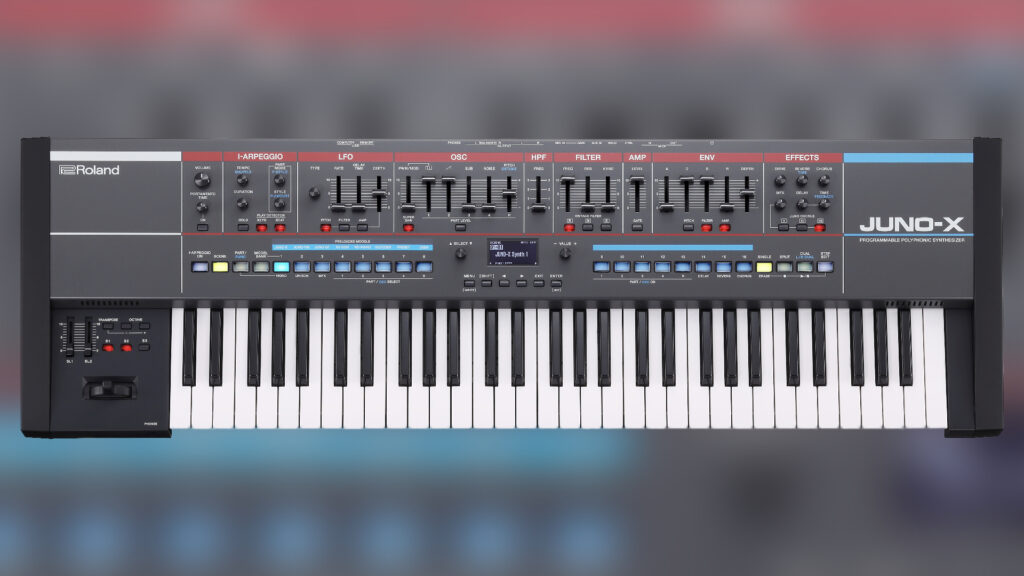
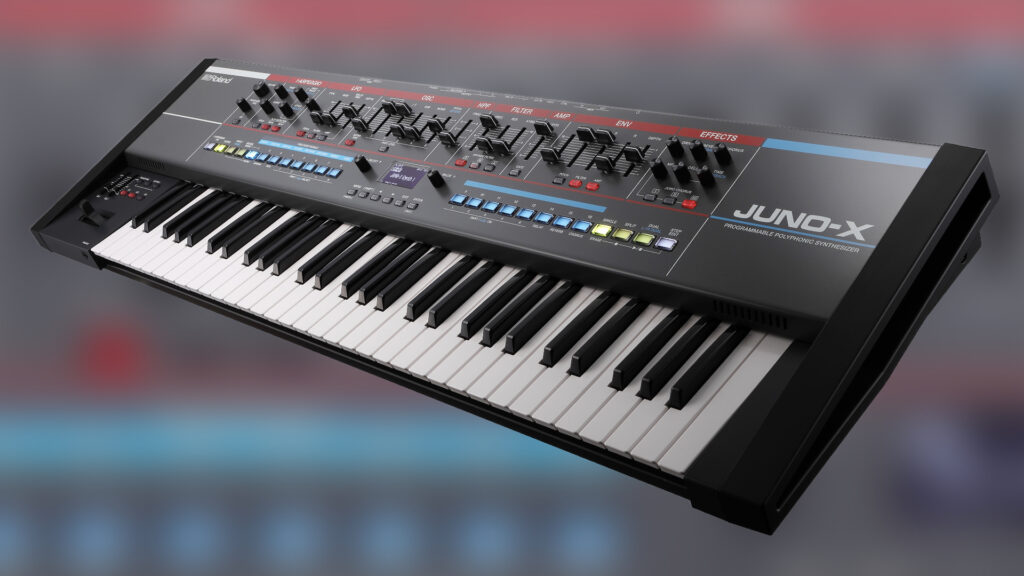
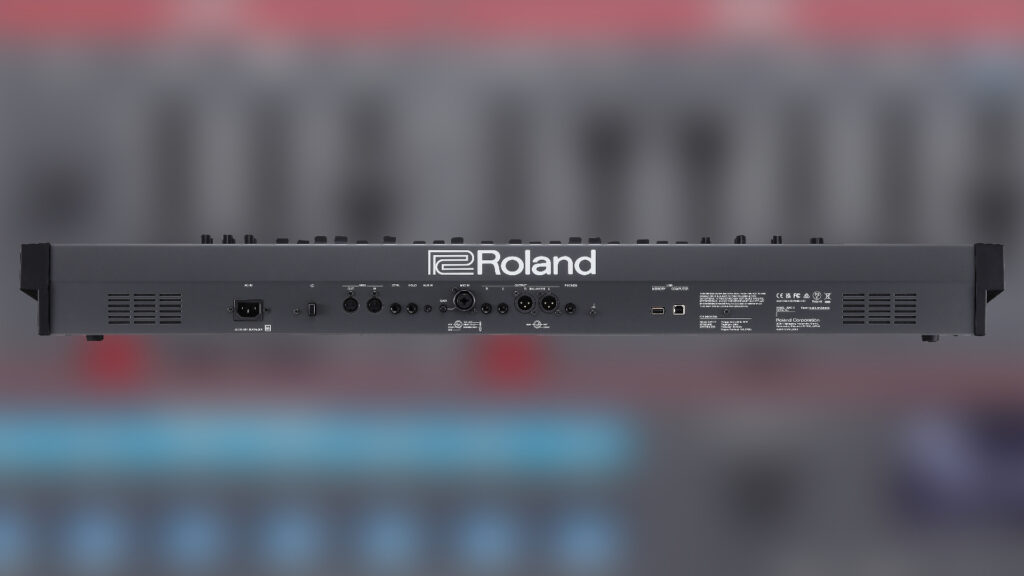
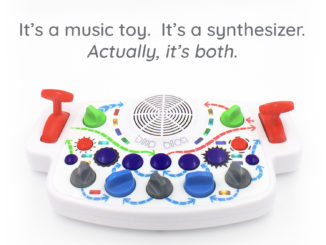
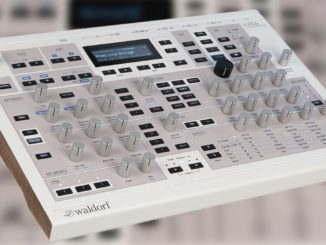

Definitely agree that it would be smart for Roland to let go of the past and embrace the future. They seem to be stuck in a constant loop of reissueing old legends. And I get that those synths are cool and all but there’s so much more you can do with them these days.
Roland is weird. They try hard to not say digital or analog outright, just a lot of wishy washy stuff with a lot of marketing words in it like ZENCORE and ACB. Korg, Arturia, Novation, Elektron, ASM and others have released way more interesting stuff in the last few years and have no problems saying upfront their stuff is analog or digital.
The way I see the Roland vst model of subscription is that if you are planning to do, for example, a Juno heavy track then you can plan ahead and spend $20 and get hyper focus to finish it within a month. But even then everyone *own* a vst that can get whatever Roland sound with very acceptable results.
Then comes what I see in the live shows: I only see Roland at churches. Even if marketing do these commercials with young people, what you see at real life shows is just everything else but Roland (Moog, Elektron and Korg would be the more prevalent). Then what I see on music magazines like Fact, Electronic Musician, Remezcla, MusicTech etc is that almost everyone has a Juno in their studio but is a vintage analog one. Same with drum machines, they are either the TR-8 (the old non-S) or the huge vintage analog 808/909.
I wish Roland would be more creative and daring with their products because right now
This is EXACTLY the same sound engine as the Jupiter-X. The only difference is that you play it with a Juno-esque keyboard. Roland seems to be trying hard to make Behringer look innovative.